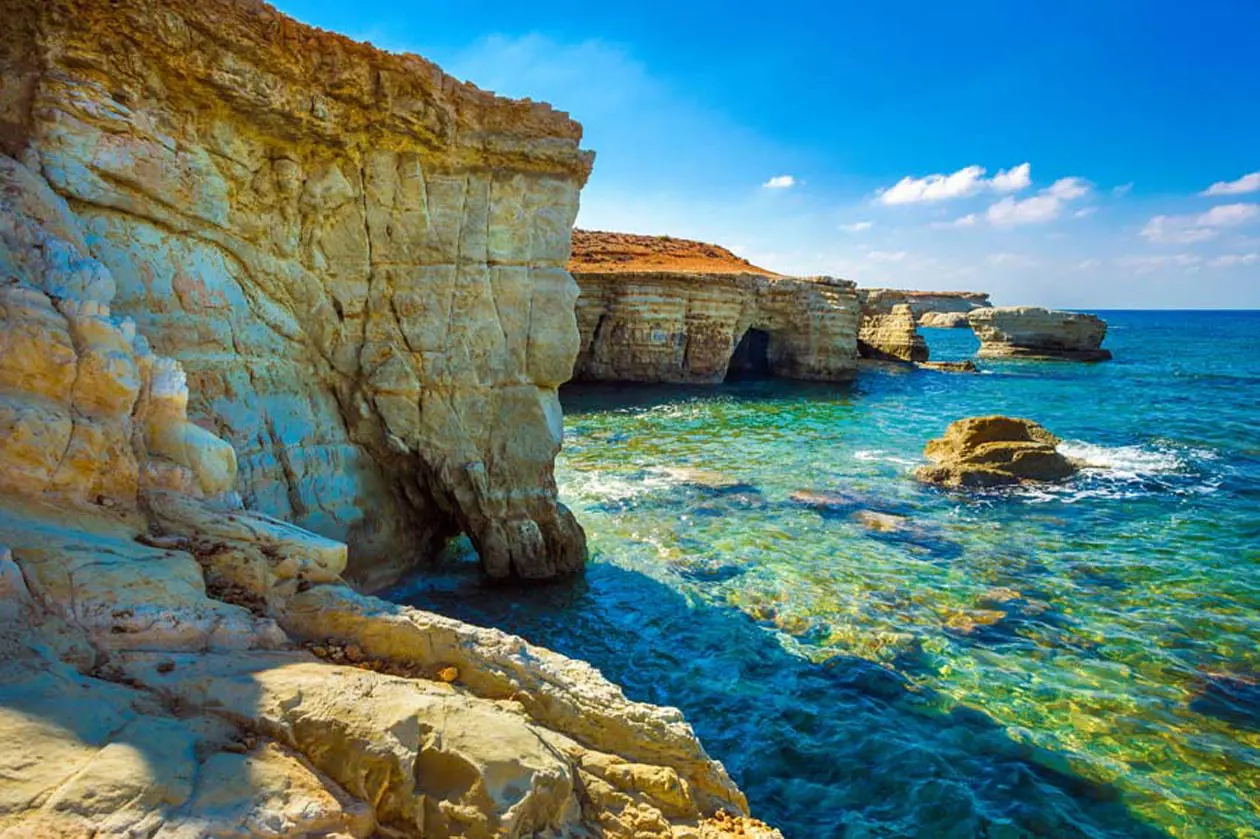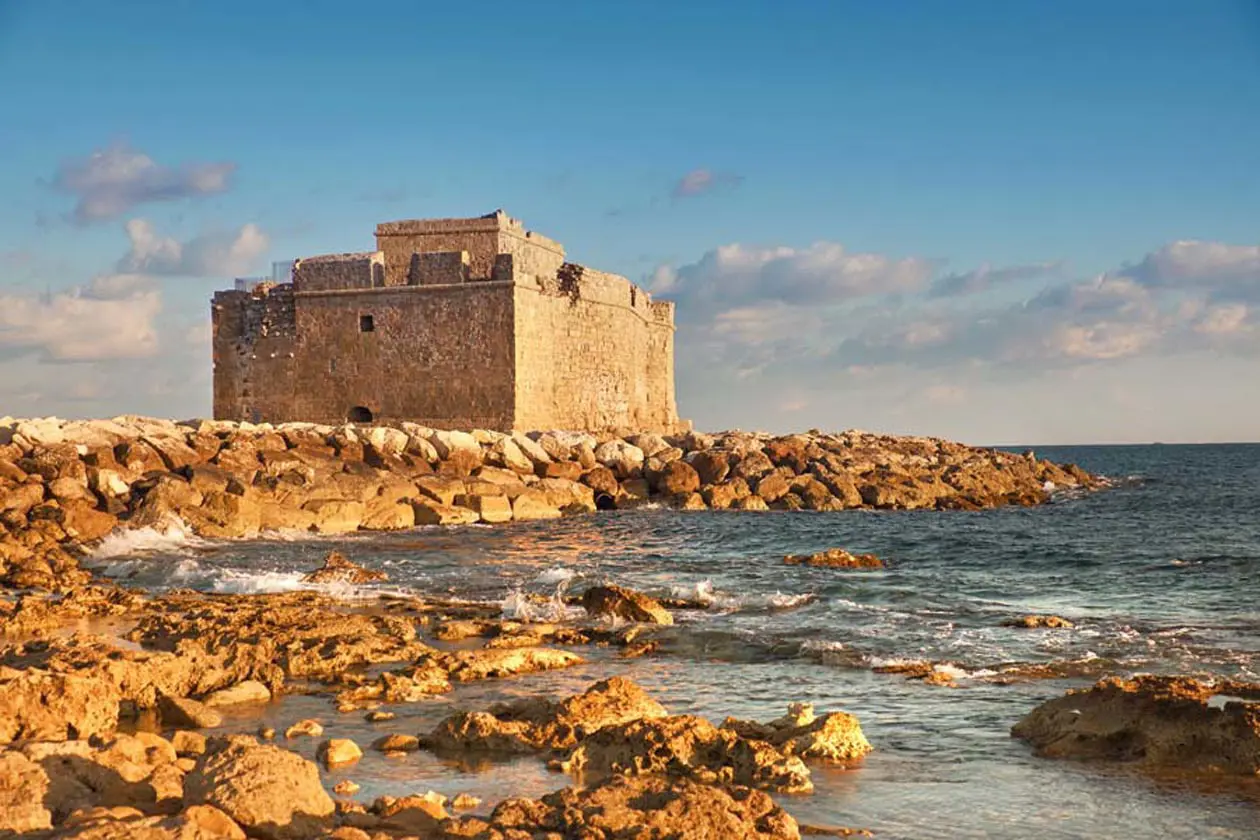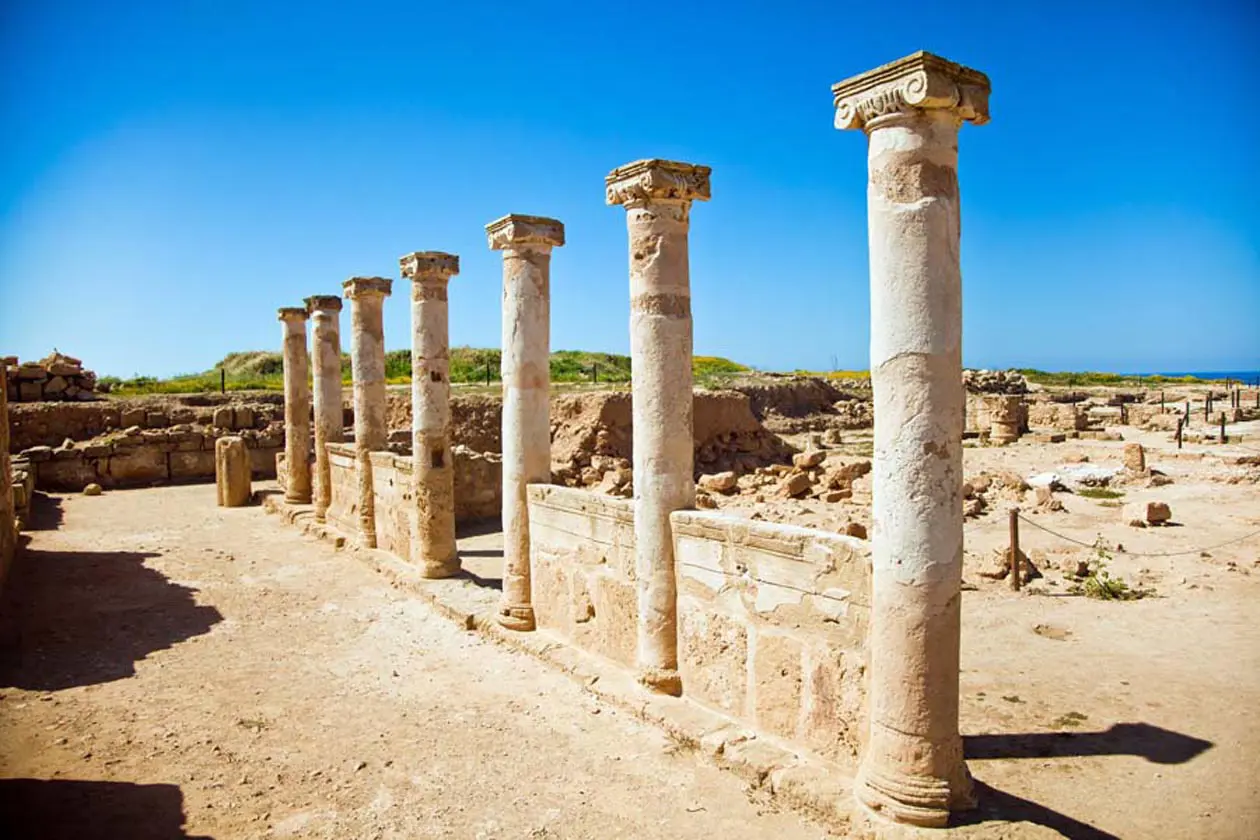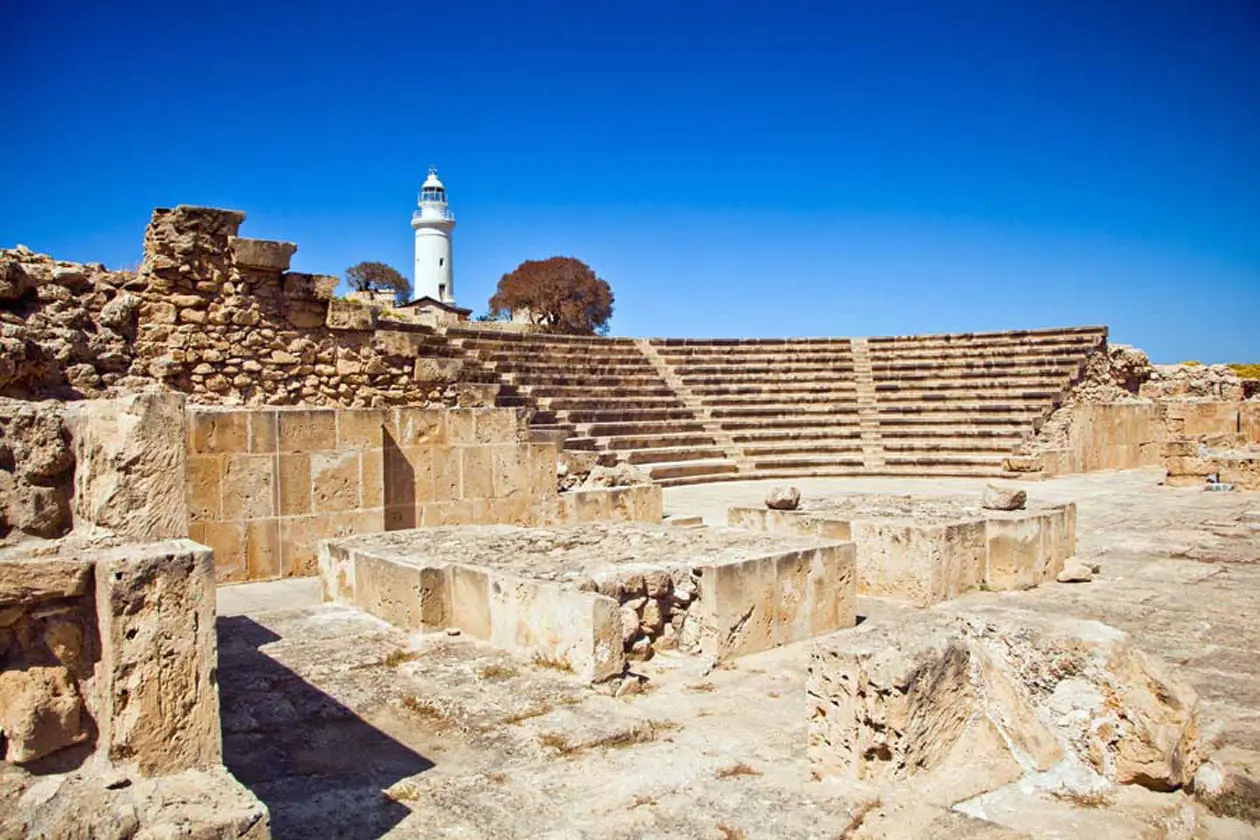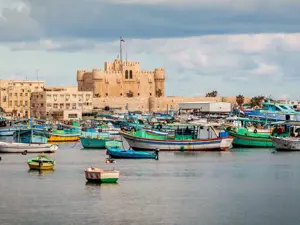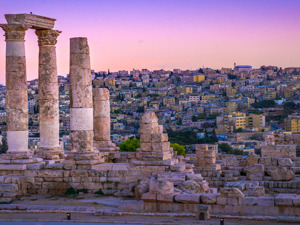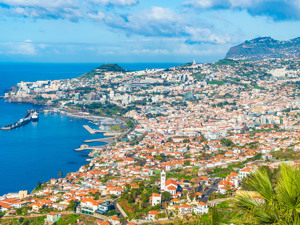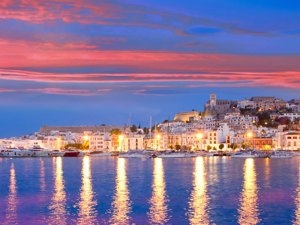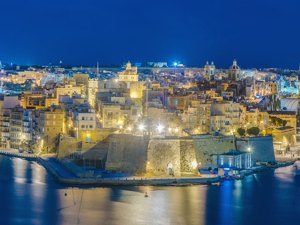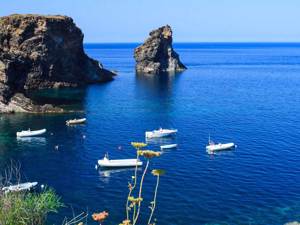Paphos is on the island of Cyprus that holds ten thousand years of Mediterranean history and where, according to legend, the goddess Aphrodite was born in Paphos, high in the sky, Orion, the hunter, shines and tirelessly pursues the Pleiades, accompanied by his two inseparable dogs. It’s a mythological sky that accompanies the legends that are the essence of Cyprus.
Paphos Photo: Sisterscom.com, Shutterstock
Cyprus is well known around the world as the island where the goddess Aphrodite, for the Greeks, and Venus, for the Romans, emerged from the sea. The Renaissance painter Sandro Botticelli depicted her in a painting on display in the Uffizi Gallery in Florence. She is not only the goddess of beauty, but also Mother Earth, a legend that dominated the countries of the Middle East.
Paphos Photo: Sisterscom.com, Shutterstock
These scenes from Greek mythology are depicted on the floors of patrician villas from the third and fifth centuries AD, considered among the finest in the Mediterranean. The oldest mosaic dates back to the Hellenistic period. It is made of black and white tiles and depicts Scylla (fish-dog-woman) with a trident and dolphins. Countless are the well-preserved archaeological sites of great beauty.
Paphos Photo: Sisterscom.com, Shutterstock
The historical centre of Paphos, dominated by the castle fortress of Lusignan, has a beautiful coastal pedestrian street adorned with tall palm trees and lined with luxury hotels and lavish restaurants. Follow it until you reach Paphos marina and look for the ideal tavern to enjoy a hearty fish dinner, preceded by hors d’oeuvres on large communal platters with sauces made from organic vegetables grown on the island. The port is the nerve centre for tourists, where you can dine the whole year round on the sea, which by night reveals its moods - from the gentle lapping of calm waters to the thunderous roar of a storm.
Paphos Photo: Sisterscom.com, Shutterstock
Text by Pia Bassi
Aggiornamento di Alisè Vitri
Avion Tourism Magazine
Photos for editorial use only: Copyright © Sisterscom.com, Shutterstock
Copyright © Sisterscom.com
Video: www.visitcyprus.com
www.visitcyprus.com
www.turismocipro.it



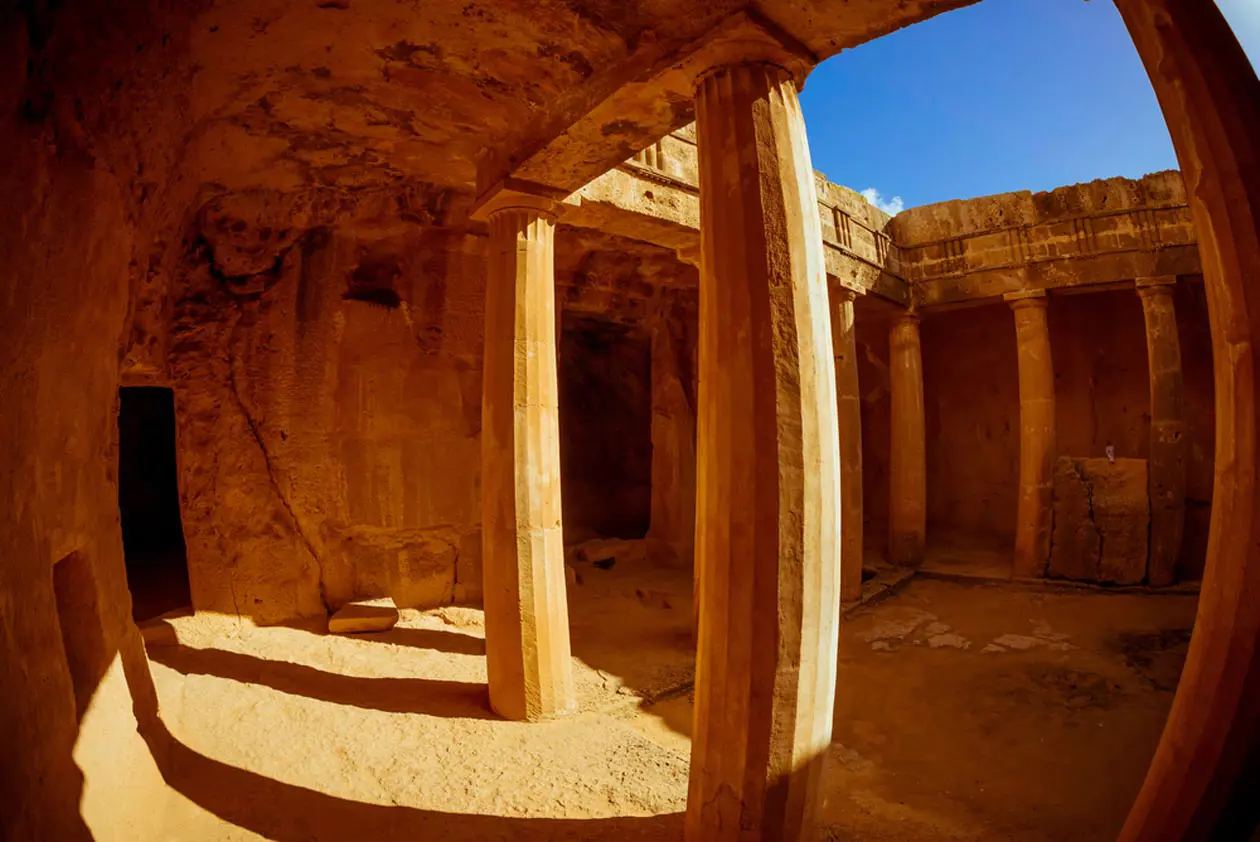 Tombs of the Kings. Photo: Sisterscom.com, Shutterstock
Tombs of the Kings. Photo: Sisterscom.com, Shutterstock Photo: Sisterscom.com, Shutterstock
Photo: Sisterscom.com, Shutterstock 



